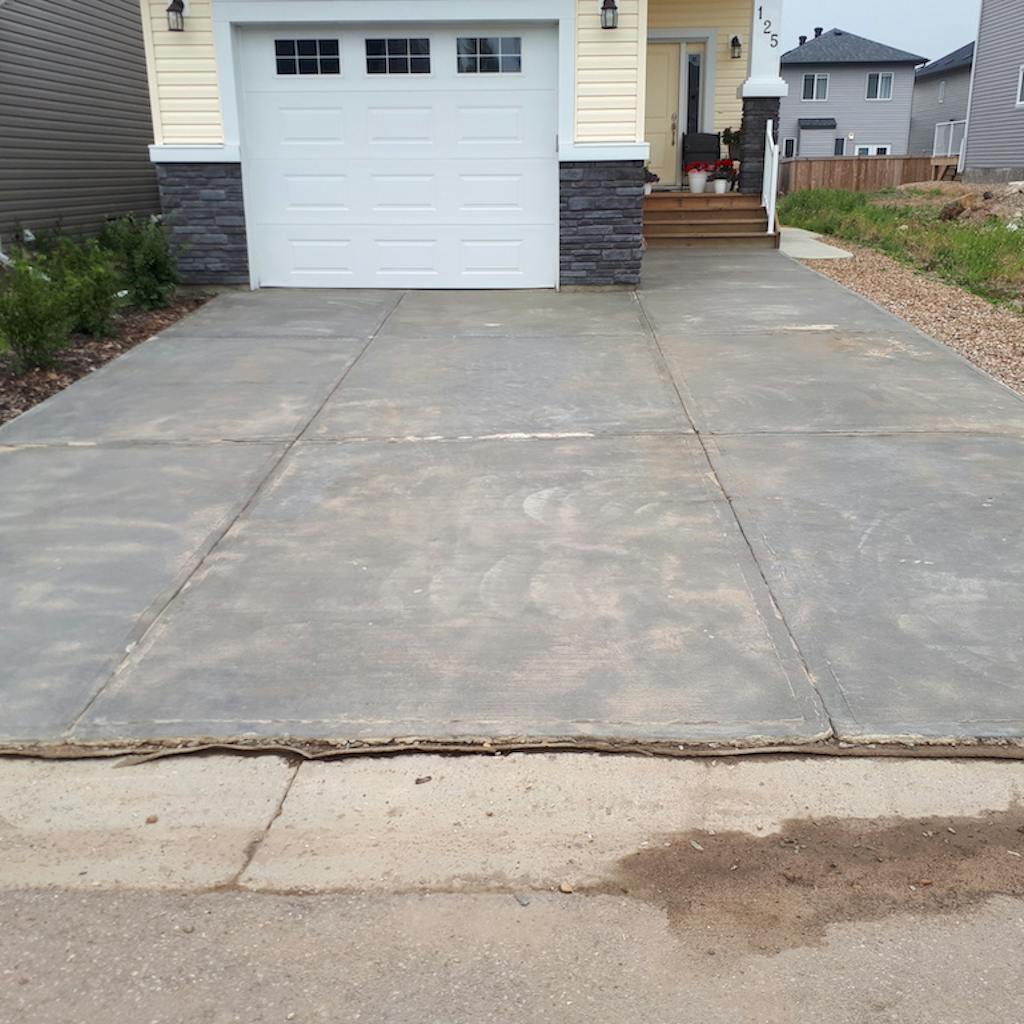Replacing concrete vs. repair
Aug 26, 2022
11 min
Making the right decision saves you from a lot of trouble, including making your homebuilder go back and forth to fix your concrete repeatedly, resulting in more bucks coming out than having them in.

Concrete is one of the most durable materials used in construction. However, its strength might deteriorate over time, depending on how the concrete was processed. If too much water is mixed with concrete, if it dried too fast, or if the amount of concrete used compared to its purpose is not balanced, the concrete may deteriorate a little quicker than expected. The deterioration starts with defects, and they may appear in the following forms:
- Flaking (otherwise known as Spalling) - This defect is exhibited by the concrete when small particles of cement paste peel away from the finished portion of its slab.
- Cracking (otherwise known as shrinking) - Cracking will always occur with concrete. This defect can be categorized into two, major and minor cracking. Minor cracking is normal; it is the result of aging. As concrete ages, it develops stronger bonds and hardens. During this process, minor cracks are expected. The lines (or valleys in concrete) are where planned cracks are intended to form.
However, cracks due to certain conditions could lead to major issues, which could be dangerous.
The defects mentioned could lead to the deterioration of the concrete beyond the acceptable level. The usual causes of these defects are the following:
- Weather
The weather plays a significant role in the concrete's properties, just like how it impacts stone and soil. The rain heavily influences the consistency of the concrete, making it prone to cracking or flaking. The consistency of the concrete will not change immediately, but the results may manifest over time. - Temperature
Hot and cold temperatures impact the concrete as well. When it is hot, the concrete tends to contract, and the contraction will result in cracking or shrinkage. The concrete tends to expand when it is cold, mainly below the freezing point. Additives could be mixed into the concrete to prevent freezing, but they come with their own set of issues. Settling could happen due to the moisture under the concrete that freezes when it is cold. If this occurs frequently, it could create internal pressure, and the surface layer of the concrete will be stressed, leading to uneven settling. - The Concrete Mix
The amount of water poured at the job site. There are cases when workers put more water in the concrete mix than what is required because it makes the concrete easier and faster to pour and spread. However, along the process of hardening and drying the concrete, water evaporates, resulting in shrinkage. If there more water evaporates, the shrinkage will also be worse. This shrinkage is not good because the pressure it creates pulls the slabs apart, resulting in cracking.
Weather and temperature impact the concrete negatively, leading to defects and, later on, deterioration. Since these factors are inevitable, it is only necessary to check the concrete slab in your place on a regular basis and assess concrete whether it's up for replacement or repair. Crack measurements that are more than 3 mm (1/8") in width are deemed unacceptable and therefore need to be attended to. However, how will you determine if the concrete needs to be repaired or replaced?
Repairing is usually done by refinishing, adding layers over the top such as epoxy to fill the cracks, or resurfacing, a method that scraping the top layer of concrete adds a thin layer overtop. We don't recommend any of these ways, as they will still have underlying issues. If there are cracks on your concrete, here's what you need to do or your homebuilder needs to do:
- Inspect the concrete area for the possible existence of utility lines.
- Once cleared of utility lines, jackhammer and remove
- Reuse road crush, OR Lay the ground with new rock (if the existing road crush is unusable)
- Add rebar
- Pour concrete
We hope these tips help you know whether you will replace or repair your concrete. Employing the right process to address the cracking or flaking of your concrete is vital in ensuring its durability and, simultaneously, securing everyone from possible danger. It is also important to be appropriately executed so the work will not be repeated, thus, preventing you from paying extra costs.
This article was last updated on Dec 12, 2025
Share